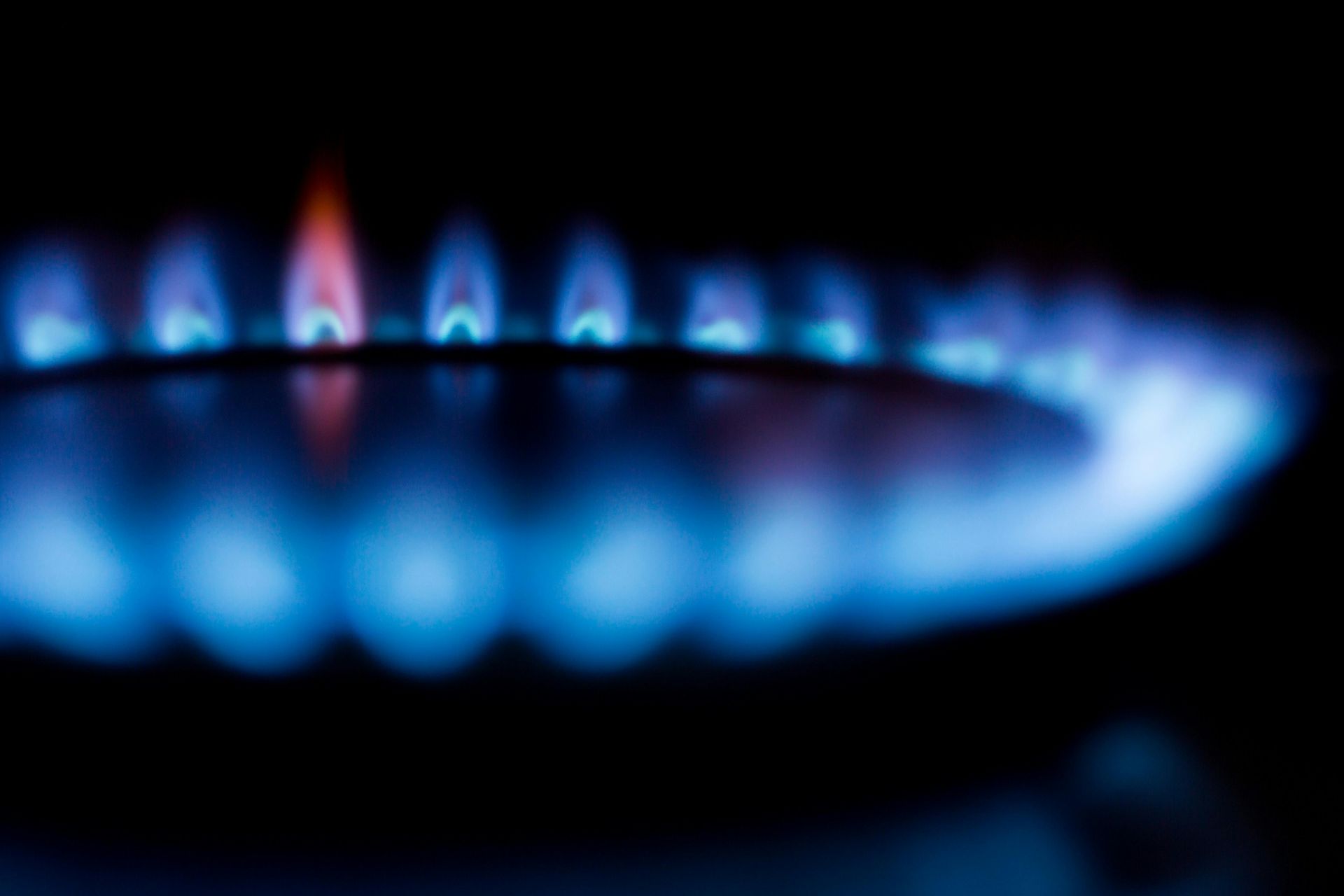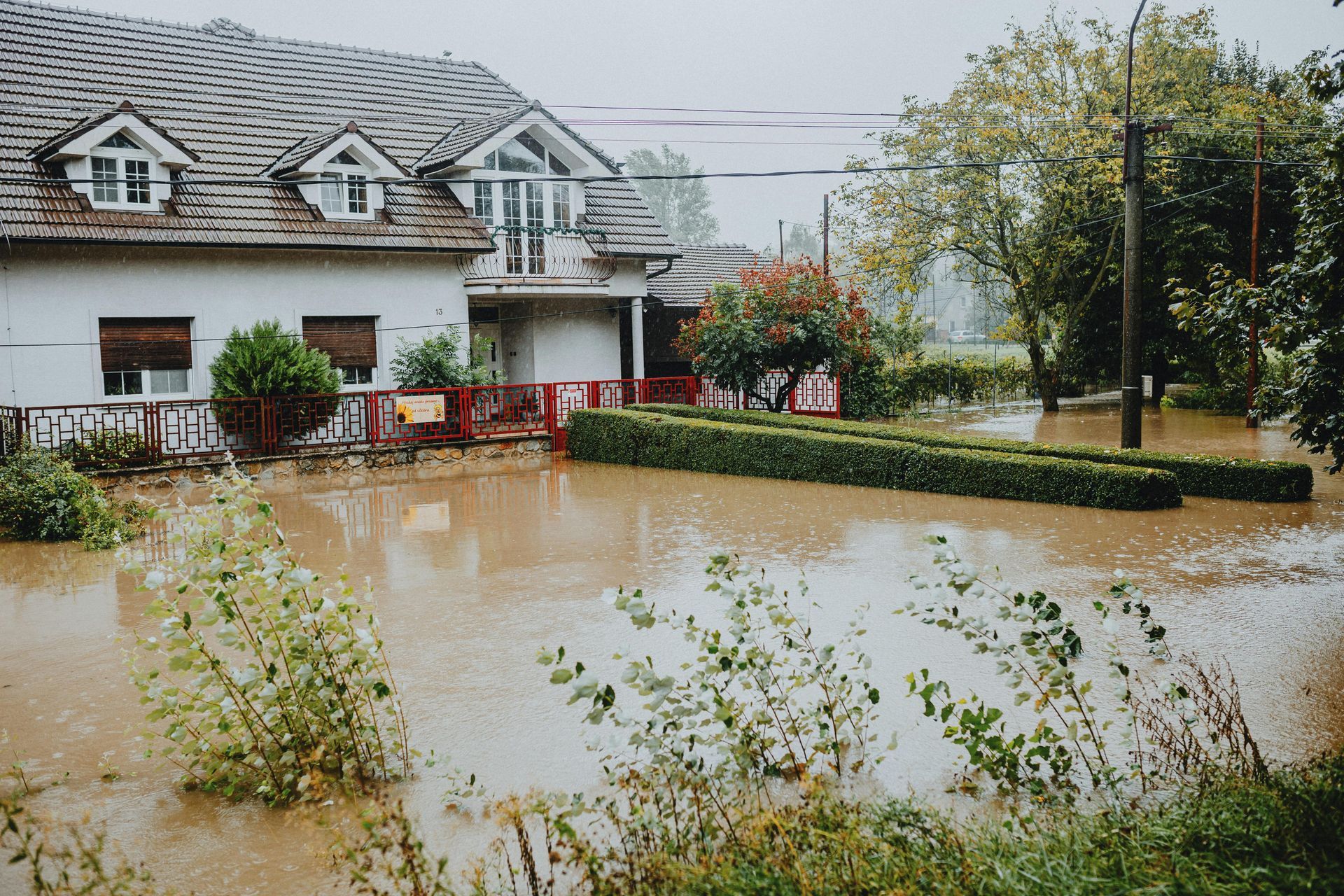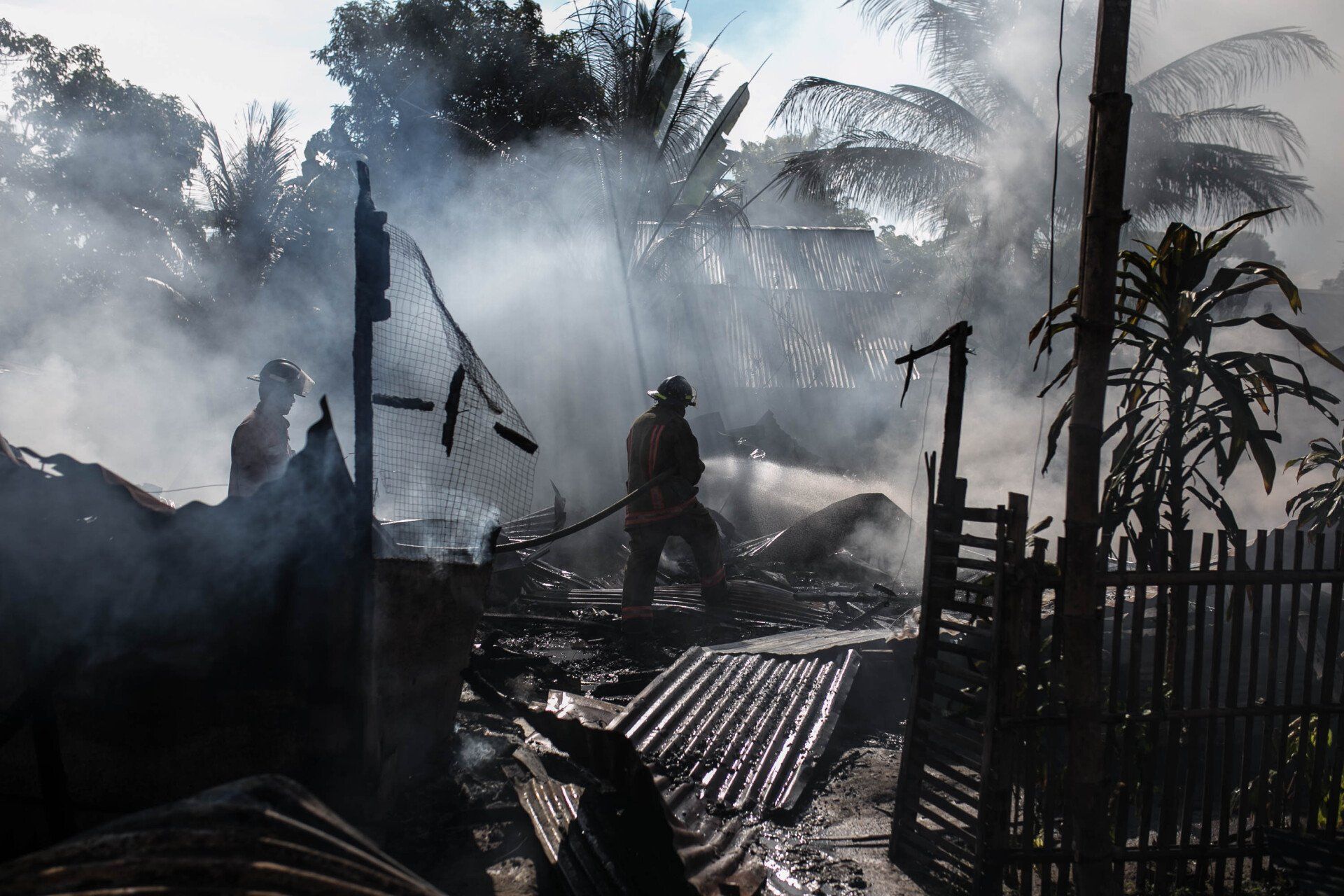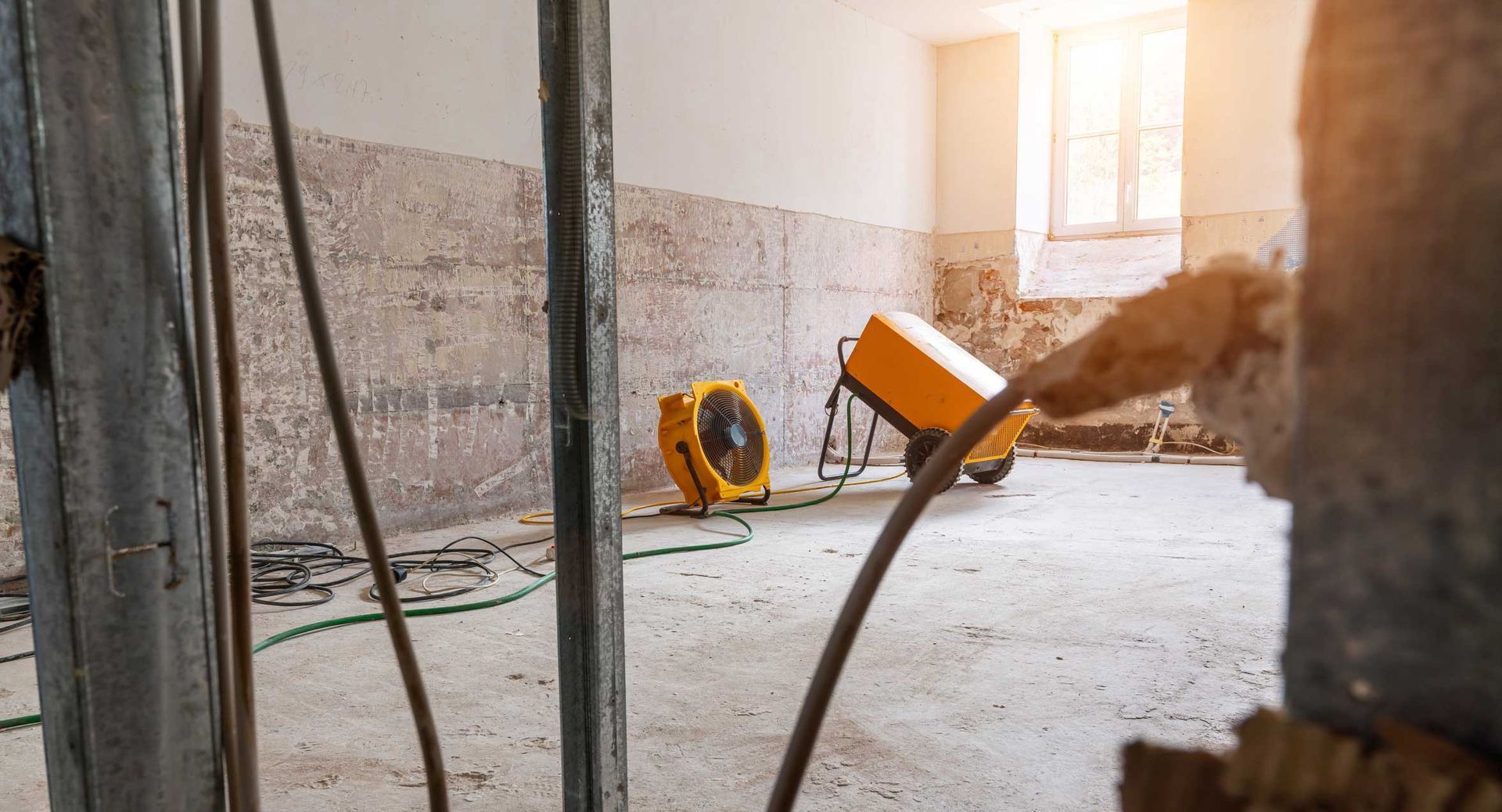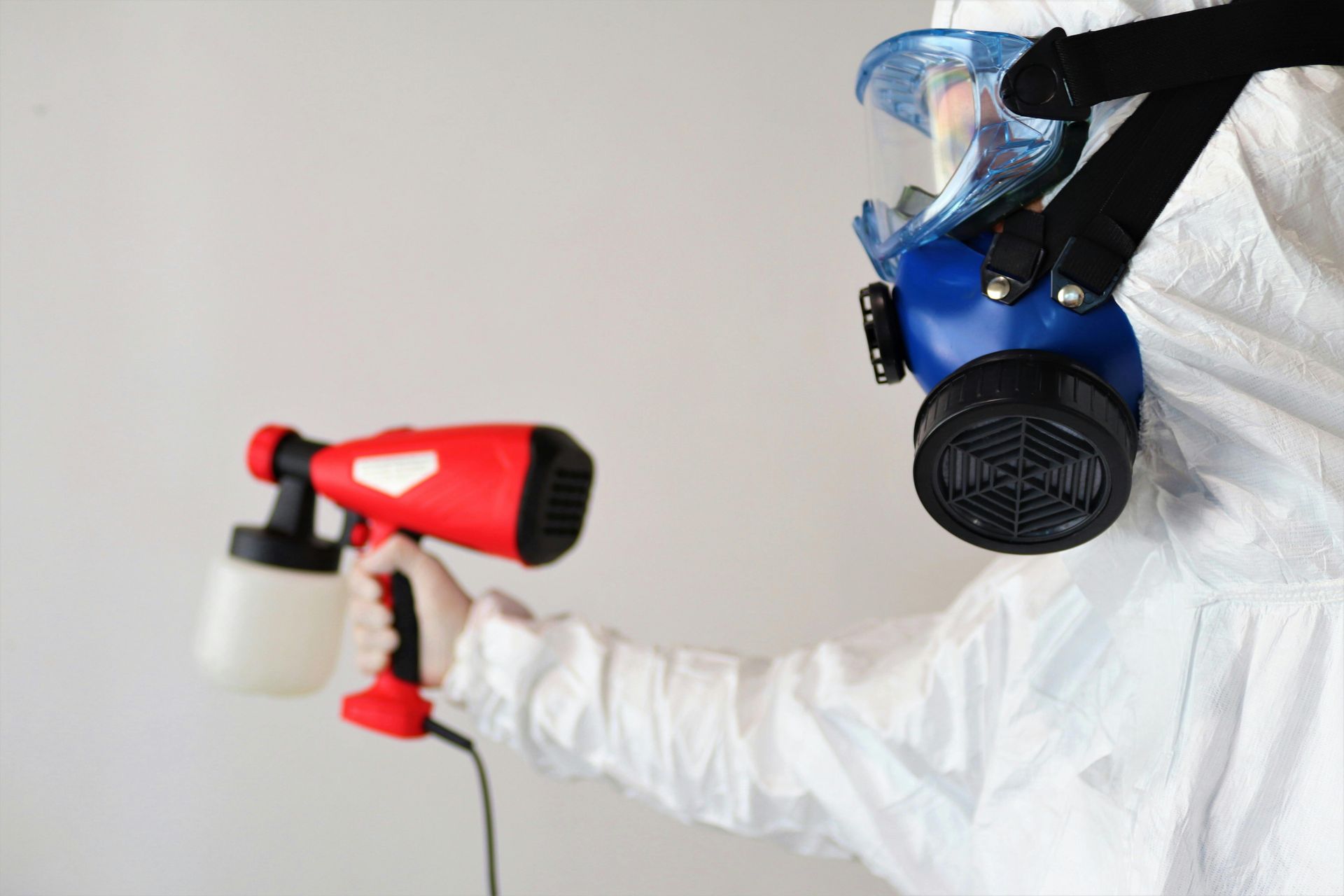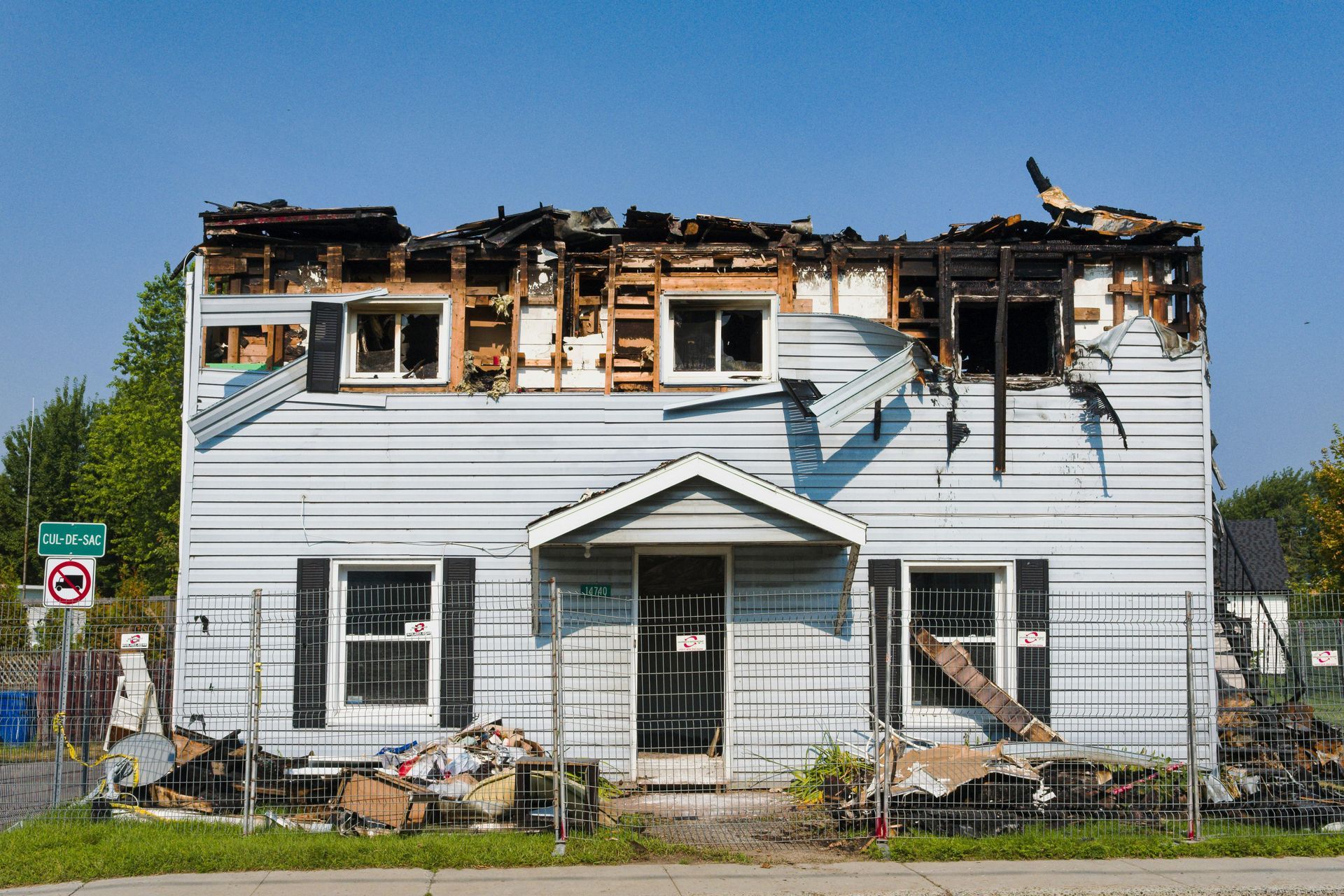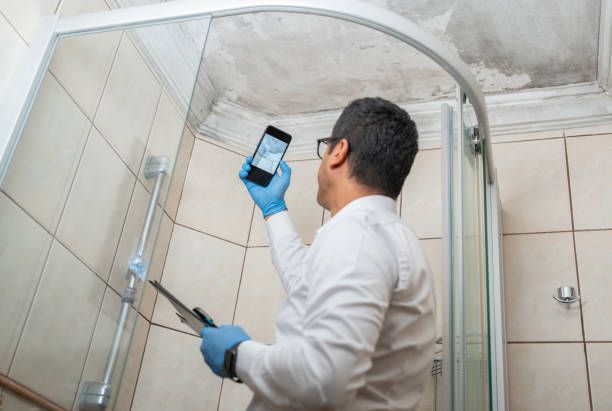Common Causes of Fire Damage in Homes
Unveiling Fire Damage Causes: Common Sources in Homes
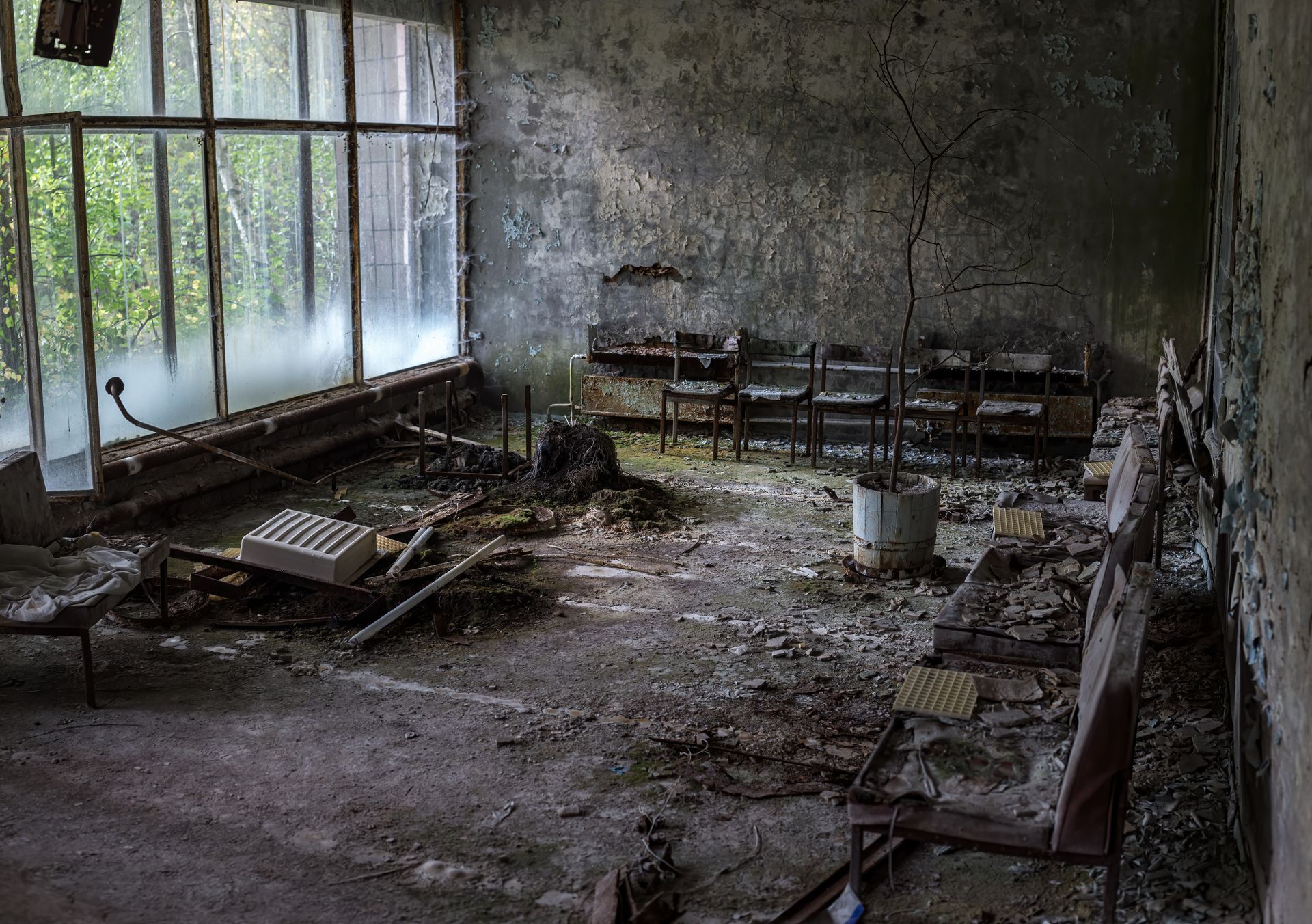
Understanding the common causes of fire damage in residential settings is a critical aspect of home safety and property preservation. Fire damage is a prevalent issue, with its consequences being both severe and far-reaching, affecting countless homes each year. This article will provide a comprehensive overview of the most frequent causes of fire damage, emphasizing the importance of recognizing potential hazards and implementing preventive strategies. We will delve into sources ranging from electrical malfunctions to unattended kitchen activities, underscoring the steps homeowners can take to mitigate risks. By enhancing awareness and adopting precautionary measures, individuals can safeguard their homes against the devastating impact of fires.
Fire Damage Statistics in Residential Settings
The scope of fire-related incidents and the resulting damage cannot be understated, both at the national and global levels. According to the National Fire Protection Association (NFPA), in the United States alone, an estimated average of 354,400 residential building fires occurred annually between 2015 and 2019, leading to a direct property damage cost of $7.2 billion per year. Internationally, statistics compiled by the World Health Organization (WHO) reveal that fires are responsible for over 180,000 deaths annually, indicating a significant worldwide health challenge.
The repercussions of fire damage extend beyond financial loss, profoundly affecting individuals and families on an emotional level as well. Fires often result in the loss of irreplaceable personal items, the disruption of daily life, and the erosion of a sense of security within one's own home. Moreover, the aftereffects can linger, with many experiencing long-term psychological impacts such as anxiety and post-traumatic stress. Comprehensive awareness stemming from detailed statistical insight is paramount in underscoring the importance of preventative measures, fire safety education, and the need for effective response and restoration services.
Understanding the Nature of Fire
Fire is a chemical reaction known as combustion, which occurs when heat, fuel, and oxygen—collectively referred to as the fire triangle—combine in the right proportions. Heat acts as the ignition point that initiates the fire, fuel is the combustible material that continues to feed the fire, and oxygen from the surrounding air sustains the reaction. Understanding this interplay is critical because disrupting any one of these elements can effectively extinguish a fire and is a key tenet in fire prevention and response.
In residential environments, fire typically spreads by transferring heat from one area to another, igniting nearby flammable materials. This can happen through direct contact with flames, radiation of heat over a distance, or through the warm air rising and looking for cooler areas, known as convection. Unsuspecting items in a home, from curtains to furniture, can thus act as conduits for the rapid expansion of a fire. By recognizing the principles of the fire triangle and how fire moves through space, one can better understand both the causes of domestic fires and the essential preventative measures. Our unwavering commitment to educating homeowners on these critical fire safety principles underscores our expertise in mitigating the risks of fire damage and reinforces the confidence entrusted to our specialized restoration services.
Common Causes of Fire Damage in Homes
Understanding the common causes of fire damage within homes is the cornerstone of prevention and the safeguarding of personal property. The golden thread that runs through all aspects of fire safety is knowledge—knowing the potential sources enables homeowners to strategize effective fire prevention methods. Here are the causes of residential fires:
Cooking Equipment
Cooking equipment is a leading contributor to home fires, with the National Fire Protection Association (NFPA) reporting that cooking is the cause of 49% of all reported home fires. Incidents often transpire due to overheated oil, which can reach ignition temperature and combust, or unattended stoves where food left cooking without supervision ignites. Preventive measures can substantially reduce the risk of cooking-related fires. Homeowners should always stay in the kitchen when frying, grilling, or broiling food and should keep anything flammable—such as oven mitts, utensils, and towels—away from the stove and oven. Regular maintenance and cleaning of cooking appliances also mitigate fire hazards, ensuring a safer cooking environment.
Electrical Equipment and Faulty Wiring
Outdated, overloaded, and faulty electrical systems are significant fire hazards in homes. These dangers are often hidden within the walls, quietly compromising the safety of a residence. Symptoms of potential electrical problems may include frequent circuit breaker trips, flickering lights, and the distinct smell of burning plastic, which can indicate compromised insulation. Homeowners should be attentive to these warning signs and seek professional inspections to identify and resolve issues. Preventative strategies include ensuring the electrical load is within the circuit's capacity, updating old wiring, and using surge protectors. Commit to regular electrical maintenance and installations by certified electricians, fostering a proactive stance against electrical fire risks.
Heating Equipment
Heating equipment, such as space heaters, fireplaces, and wood stoves, can be significant sources of residential fires, especially during colder months when they see more use. These devices can ignite nearby combustible materials like curtains, bedding, and furniture if placed too close. To mitigate this risk, it's critical to maintain a clear zone of at least three feet around the heating equipment, free of any flammable objects. When using fireplaces, ensure that the chimney is regularly cleaned and that a sturdy screen is used to catch sparks. With wood stoves, using seasoned wood and inspecting the stovepipe and installation annually can prevent potential hazards. Space heaters should be placed on a solid, flat surface and never left operating unattended. Additionally, they should be turned off before leaving the room or going to sleep. By adhering to these safety measures, homeowners can reduce the risk of fire-related to heating equipment.
Smoking in Bedrooms
The act of smoking indoors, particularly in bedrooms, can lead to catastrophic residential fires. Research indicates that smoking materials, including cigarettes, are a leading cause of fire-related fatalities. In bedrooms, where people often fall asleep with a lit cigarette, fabrics such as bedding and curtains readily ignite, resulting in fast-spreading fires that endanger lives and property. To prevent such tragedies, it is essential to smoke outside or in designated areas equipped with deep, sturdy ashtrays. Never smoke in a room where you may fall asleep, and extinguish all smoking materials completely before disposal. Adherence to these safer smoking practices can significantly reduce the incidence of bedroom fires, safeguarding both occupants and property from the devastation of fire.
Candles
While candles enhance the ambiance of a home, their open flames can present significant risks when left unattended or placed near combustible materials. The National Fire Protection Association (NFPA) reports that candles cause an estimated 8% of home fires annually. To mitigate this danger, never leave a burning candle unattended and always extinguish flames before leaving a room or going to sleep. Place candles on a stable, heat-resistant surface, away from drafts, vents, and anything flammable. Using candle holders designed for the specific candle type is recommended. Trimming wicks to one-quarter inch before lighting is advised to maintain a consistent flame. These safety protocols are vital for minimizing the risk of candle-related fires and maintaining home safety.
Flammable Liquids
Improper storage of flammable liquids constitutes a significant fire risk in homes. These substances, often found in common household items such as gasoline, paint thinners, and cleaning supplies, can become an ignition source if not handled correctly. Proper storage involves keeping flammable liquids in their original containers or in appropriate safety canisters, away from heat sources and living areas. They should be stored in a cool, ventilated area, ideally in a detached shed or well-marked cabinet designed for hazardous materials. Disposal of these materials requires adherence to local regulations, often necessitating the use of designated hazardous waste collection sites to prevent environmental harm and mitigate the risk of accidental ignition.
Grills and Barbecues
Outdoor grilling and barbecuing, while popular leisure activities present considerable fire hazards if not managed carefully. The proximity of grills to the home, overhanging branches, or flammable surfaces can lead to unforeseen fire outbreaks. To ensure safety, grills should be stationed at least 10 feet away from structures and overhanging foliage. Regular inspection and maintenance of gas connections and hoses are crucial to prevent gas leaks, which can cause fires and explosions. Charcoal should be ignited using a designated starter fluid rather than flammable liquids like gasoline. When finished grilling, allow coals to cool completely before disposing of them in a metal container. Above all, never leave a lit grill unattended, as wind patterns can change and escalate a situation swiftly. By adhering to these guidelines, grilling can remain a safe, enjoyable experience.
The Impact of Fire Damage on Homes
The physical and structural devastation wreaked by residential fires is multifaceted, involving not only the immediate destruction caused by flames but also extensive smoke and soot infiltration, as well as water damage incurred during firefighting efforts. Smoke can pervade every crevice of a home, embedding odors and toxins into walls, carpets, and furniture, while soot can coat various surfaces, causing corrosion and discoloration. The very act of extinguishing the fire often necessitates large volumes of water, which can lead to further damage, including mold growth and the weakening of structural foundations.
Beyond the tangible wreckage, fire damage exacts a heavy emotional and psychological toll on homeowners and their families. The upheaval of displacement, loss of sentimental possessions, and the daunting prospect of rebuilding can incite profound stress, anxiety, and grief, impairing one's sense of safety and normalcy.
Additionally, the environmental toll of residential fires cannot be discounted, as they release pollutants and toxins that harm air quality and can have long-lasting effects on the local ecology. The holistic impact of fire damage underscores the critical need for expert restoration services equipped to address the full spectrum of consequences with precision and sensitivity.
Fire Safety Measures and Fire Damage Prevention
The criticality of vigilance in fire prevention cannot be overstressed, and integral to this effort are proactive fire safety measures such as the installment of smoke detectors and fire extinguishers within the home. These simple yet crucial devices are the first lines of defense against the rapid escalation of a fire. Additionally, formulating a comprehensive emergency escape plan for all family members is paramount for ensuring safety in dire circumstances. It is this type of planning and preparedness that can spell the difference between disaster and averted crisis.
Equally pivotal is the regular maintenance and scrupulous inspection of home systems and appliances, as many fires originate from faults within these conventional conveniences. An intricate understanding of the functioning and potential hazards associated with heating systems, electrical wiring, and kitchen appliances allows for the recognition and rectification of risks before they ignite into larger problems. Educational outreach on these topics solidifies our stance as industry authorities committed to not only restoration but also proactive prevention.
Furthermore, securing homeowner's insurance that comprehensively covers fire damage is a wise safeguard. This insurance not only provides a financial bulwark against the devastation of fire, but it also offers peace of mind, knowing that in the event of the unforeseen, the ability to rebuild, restore, and recover is within reach. Navigating the intricacies of insurance coverage and how it relates to fire damage is a part of our customer education, enhancing understanding and preparedness for potential emergencies.
Recovering From Fire Damage: Restoration and Rebuilding
Facing the distress and disruption that the damage caused by fire can bring, trust
Northeastern Restoration to expertly navigate your path to recovery. Our professional team specializes in restoring homes and businesses with precision and care, ensuring every detail is managed with the utmost attention. When your life is upended by fire damage, remember that timely and skilled restoration is crucial. Reach out to Northeastern Restoration to reclaim the comfort and safety of your property. Let our expertise guide you through the restoration process—contact us today to begin your journey back to normalcy.
